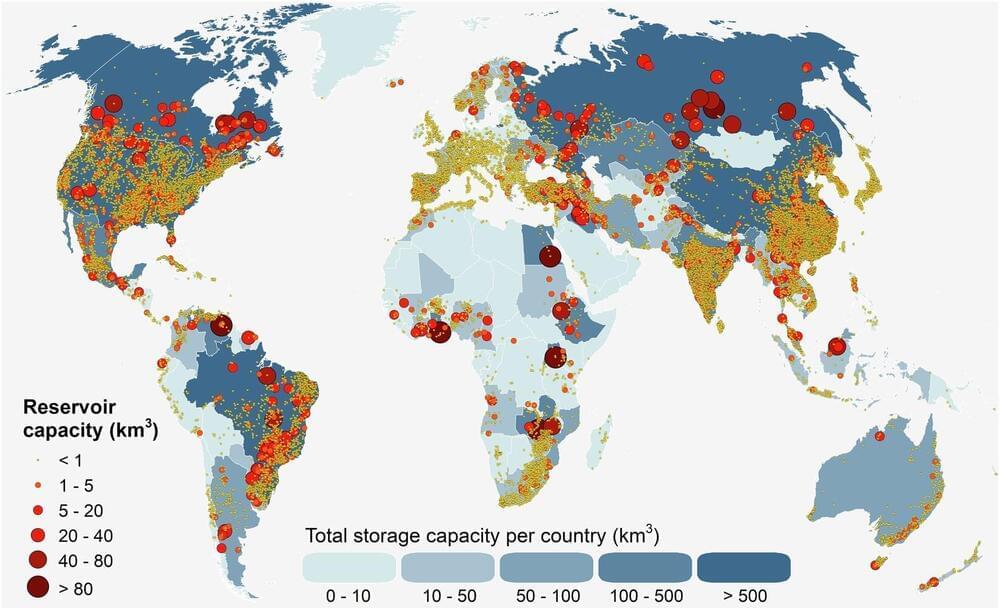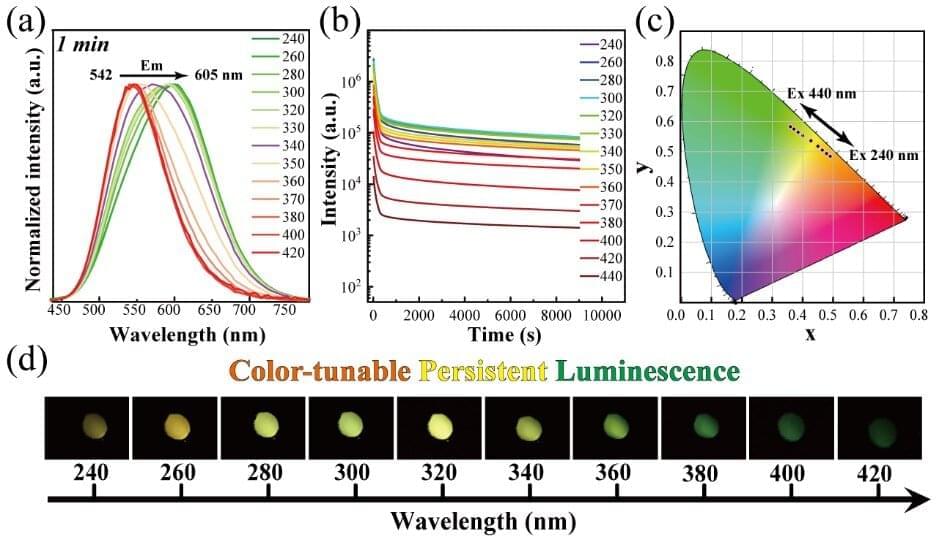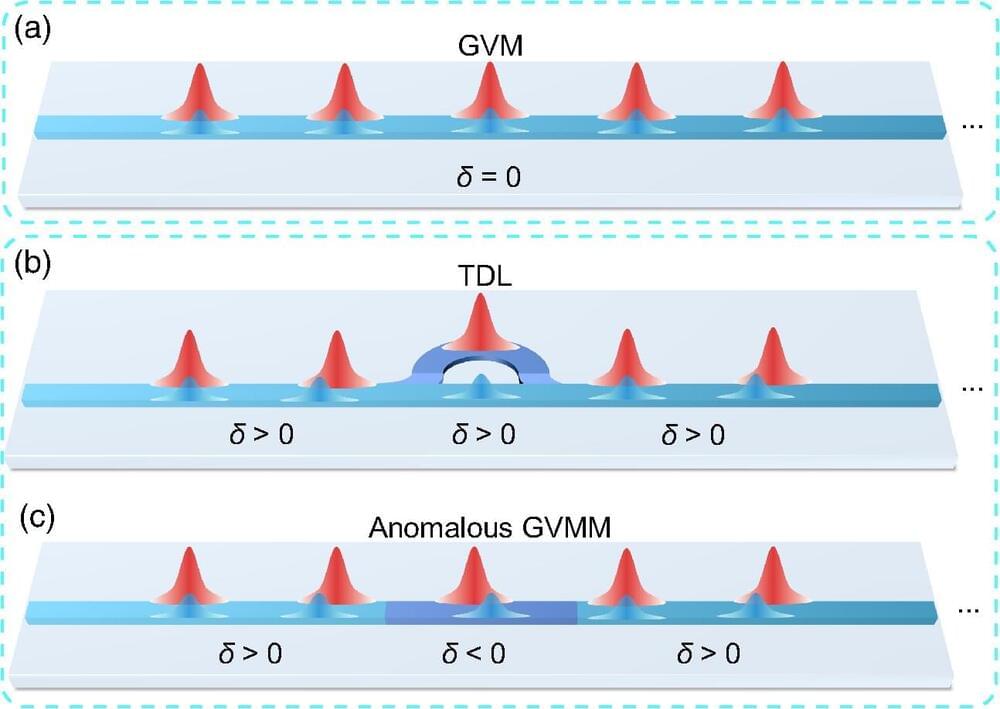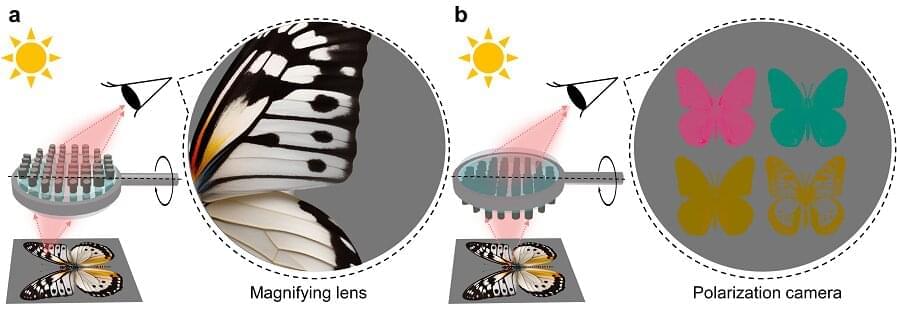So, does anyone thinks that perhaps there are too many sats in orbit? what will be when they all deploy? Earth Sky 1956 clear of any sat at least of human origin and after that mayor astronomy problem with sats in orbit.
International competition is intensifying for the deployment of satellite constellations into orbit, notes Statista’s Katharina Buchholz.
Satellite constellations — the most well-known being SpaceX’s Starlink — are designed to provide high-speed global Internet access.
Starlink, launched in 2019, had more than 6,300 satellites in service at the beginning of September, out of 12,000 eventually scheduled to be deployed (or even 40,000 according to an announcement of a possible extension of the project).








